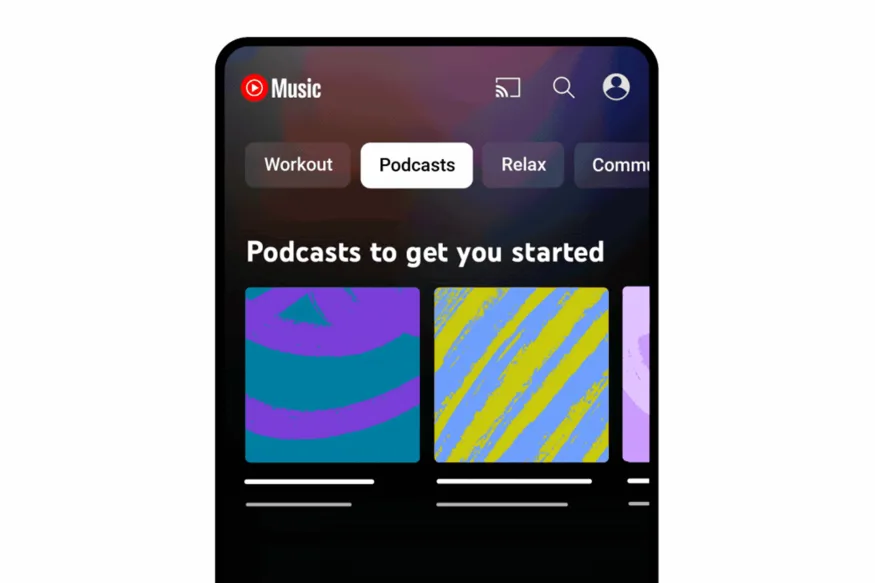More people are listening to podcasts these days due to their convenience, accessibility, and the vast array of content available. Podcasts can be downloaded and listened to at any time, making them perfect for busy schedules. They can also be listened to on a wide range of devices, from smartphones to smart speakers, making them accessible to virtually anyone. Additionally, podcasts cover a wide range of topics and interests, and listeners can easily find content that aligns with their personal preferences. The rise of popular podcast platforms and the proliferation of high-quality podcasts has further fueled their popularity. To provide a wide range of options for its users, YouTube has added Podcasts to the YouTube Music app.
YouTube Music won’t have Original Podcasts as Spotify does
YouTube Music has officially entered the podcast game, allowing users in the US to stream audio and video podcasts on its Android and iOS app without a premium subscription. The feature will also let you cast shows to other devices and play them in the background, making for easy listening. However, paying members will still have to tolerate host-read ads. The addition of podcasts may seem redundant given Google’s Podcasts app, but it does unify listening for YouTube Music subscribers and could make it a more attractive alternative to Spotify. While YouTube won’t be producing original podcasts like Spotify, the feature has been added to entice more users and compete with other streaming platforms. It’s a great move for YouTube to offer more options to its users and become a one-stop-shop for all audio needs.

Spotify and YouTube Music are two of the biggest music streaming platforms in the world, and they’re constantly competing with each other to attract and retain users. While Spotify is primarily focused on music, it has also been expanding its offerings to include podcasts and other audio content – even audiobooks. YouTube Music, on the other hand, has been ramping up its podcast efforts, as seen above. Both platforms offer unique features, but the competition between them is fierce. Ultimately, the competition benefits the consumers as both platforms continue to improve and innovate.
RELATED:
- YouTube Premium to Get Exciting New Features Soon
- YouTube Adds Dedicated Podcasts Tab to Channel Pages
- Best Apple Watch Faces of 2023
(Via)







